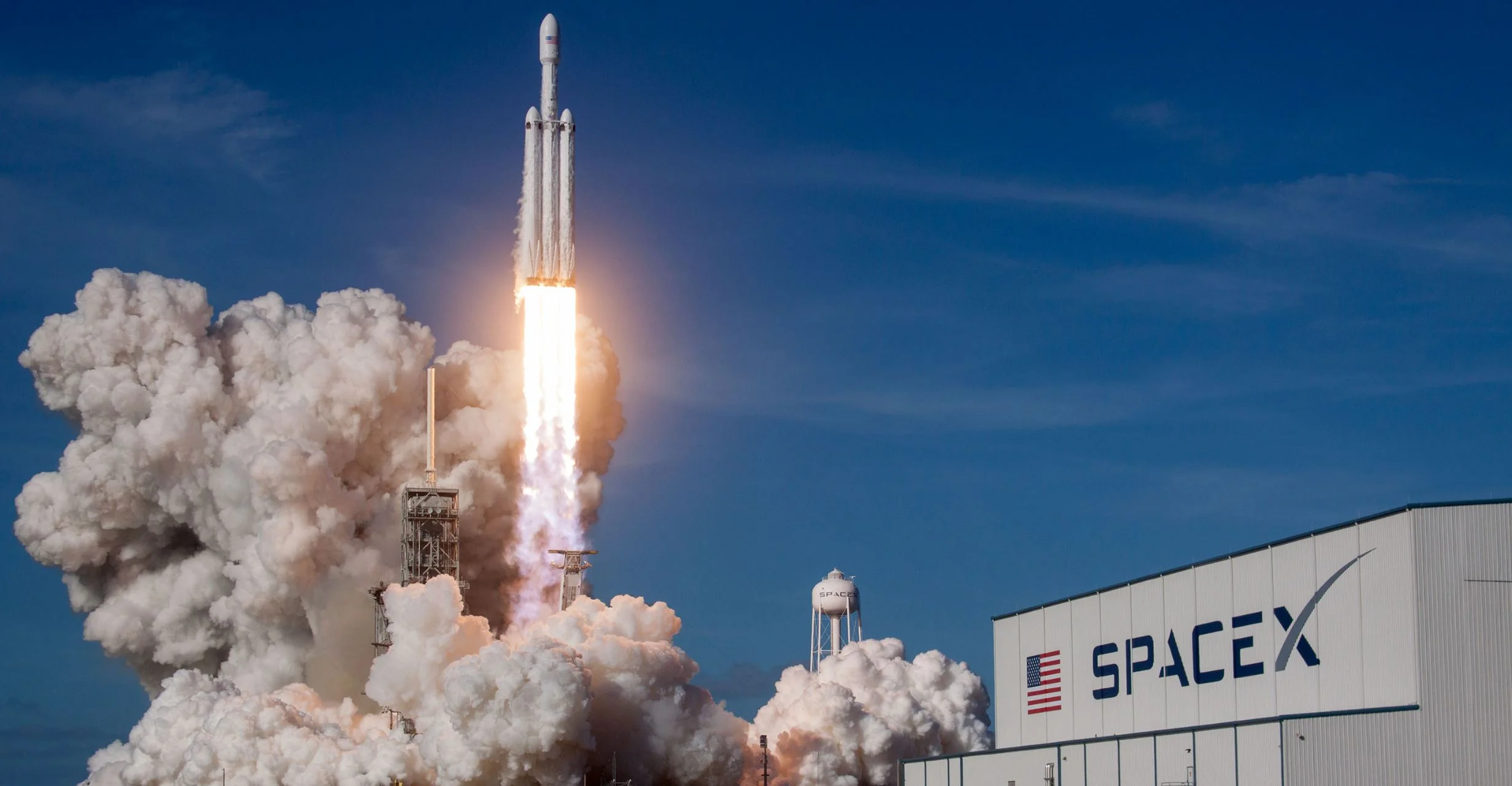Just as dust gathers in corners and along bookshelves in our homes, dust piles up in space too. But when the dust settles in the solar system, it’s often in rings. Several dust rings circle the Sun. The rings trace the orbits of planets, whose gravity tugs dust into place around the Sun, as it drifts by on its way to the center of the solar system.
Do cosmic rays come from galactic bubbles?
Our space weather mission will venture deeper into space than any other – here’s what it could achieve
You may have noticed that some weather forecasts have started mentioning the chances of seeing an aurora, also known as northern lights. Just as the atmosphere of the Earth gives us terrestrial weather, the nearby, vast atmosphere of the sun gives rise to space weather – triggering events such as auroras. Many weather institutes around the world now provide forecasts of the weather in space because of the hazard it poses to services we rely on, such as satellite positioning services, power distribution and communications.
Hydrogen fuels rockets, but what about power for daily life? We’re getting close
Gamma Ray Telescopes could Detect Starships Powered by Black Hole
In the course of looking for possible signs of Extra-Terrestrial Intelligence (ETI), scientists have had to do some really outside-of-the-box thinking. Since it is a foregone conclusion that many ETIs would be older and more technologically advanced than humanity, those engaged in the Search for Extra-Terrestrial Intelligence (SETI) have to consider what a more advanced species would be doing.
SpaceX Dragon 2 pulled off nail-biting landing – here’s the rocket science
A fiery Dragon lit up the sky over the Atlantic before cooling off with a watery splashdown on March 8. The SpaceX Dragon 2 capsule is of enormous significance for spaceflight as it has just become the first commercial vehicle to automatically dock with the International Space Station (ISS) and return to Earth. The spacecraft will now aim to carry astronauts to the ISS in a few months.
“Goldilocks” Stars May Be “Just Right” for Finding Habitable Worlds
Discovery Alert! Kepler's First Planet Candidate Confirmed, 10 Years Later
Moon mining could help meet future energy needs
If you were transported to the Moon this very instant, you would surely and rapidly die. That’s because there’s no atmosphere, the surface temperature varies from a roasting 130 degrees Celsius (266 F) to a bone-chilling minus 170 C (minus 274 F). If the lack of air or horrific heat or cold don’t kill you then micrometeorite bombardment or solar radiation will. By all accounts, the Moon is not a hospitable place to be.
Hayabusa2 Left a Dark Spot Where it Touched Down on Ryugu. Engineers Aren’t Sure Why
On June 27th, 2018, the Japanese Aerospace Exploration Agency‘s (JAXA) Hayabusa2 spacecraft rendezvoused with the asteroid 162173 Ryugu. Carrying on in the same tradition as its predecessor, Hayabusa2 recently conducted landing operations on the asteroid’s surface as part of the agency’s second sample-return mission from an asteroid.
Mini cheetah is the first four-legged robot to do a back-flip
More Evidence that Planet 9 is Really Out There
The Record for the Most Distant Object in the Solar System has been Shattered. Introducing FarFarOut at 140 Astronomical Units
There are missing objects at the fringe of the solar system – new study puzzles astronomers
Complex Life Might Require a Very Narrow Habitable Zone
Since the Kepler Space Telescope was launched into space, the number of known planets beyond our Solar System (exoplanets) has grown exponentially. At present, 3,917 planets have been confirmed in 2,918 star systems, while 3,368 await confirmation. Of these, about 50 orbit within their star’s circumstellar habitable zone (aka. “Goldilocks Zone”) , the distance at which liquid water can exist on a planets’ surface.
How SpaceX lowered costs and reduced barriers to space
On March 2, SpaceX plans to launch its first test of an unmanned Dragon vehicle which is designed to carry humans into low Earth orbit and to the International Space Station. If the test is successful, later this year, SpaceX plans to launch American astronauts from United States soil for the first time since 2011.
First Evidence of Planet-Wide Groundwater System on Mars!
Neutrinos observed in the clustering of galaxies
Shortly after the big bang, the universe was an energetic mixture of particles with strong mutual interaction. The first particles that managed to free themselves from this dense primordial soup were the neutrinos, the lightest and weakest interacting particles from the standard model of elementary particles. These neutrinos are still all around us today, but are very difficult to observe immediately because their interaction is so weak. An international team of cosmologists, including Daniel Baumann and Benjamin Wallisch from the University of Amsterdam, has now succeeded in measuring the influence that this 'cosmic neutrino background' has had on the way galaxy clusters formed during the evolution of the universe. The research was published in Nature Physics.












